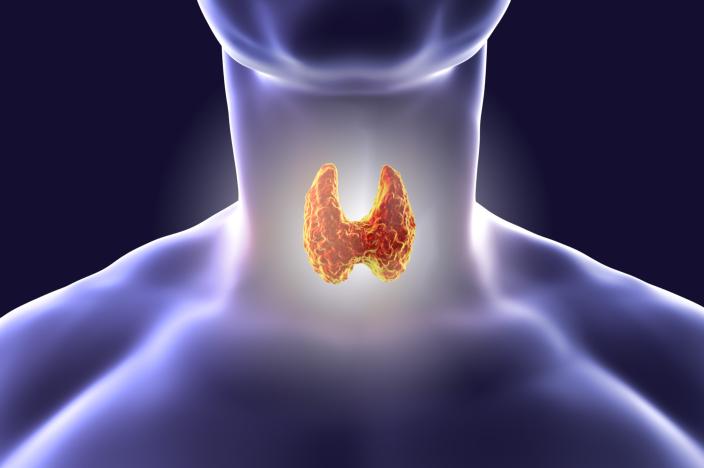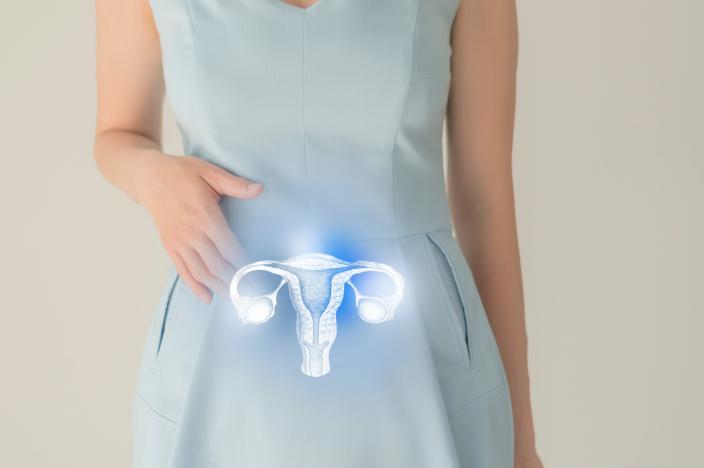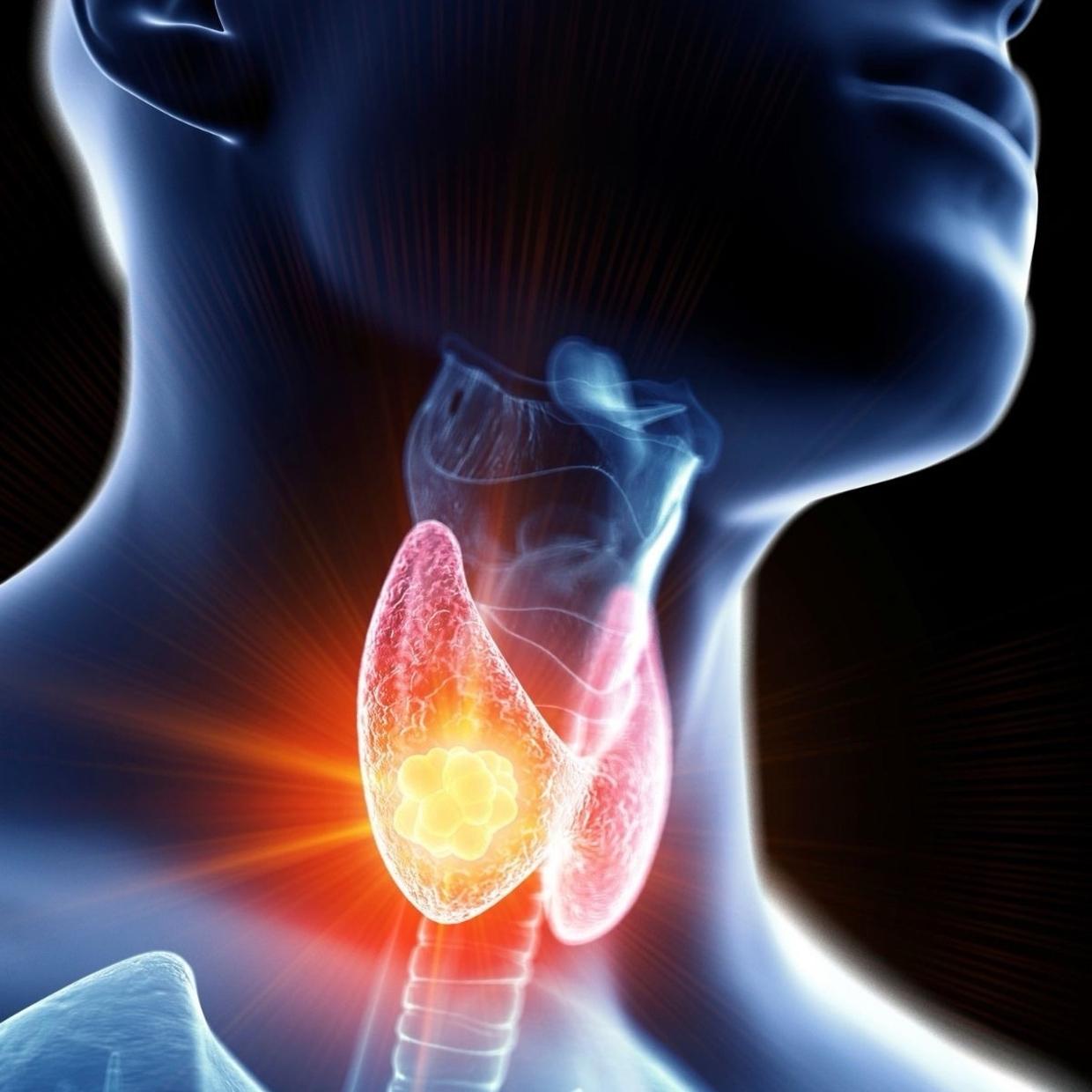Is Your Thyroid Thriving? - Part 2
By Jacobus Hollewijn

June 7, 2022
PsychologyMen's
The PMS Connection
This article was originally published in SW Montana’s Bi-monthly newspaper called Natural Life News and Directory in the 2008 July/August edition.
It has been edited on February 15, 2022.
In case you have been diagnosed with hypothyroidism, progesterone cream may be an unexpected but effective way to bring relief.

I have often talked to women about a connection between today’s low thyroid function and PMS-related symptoms dating back to their teenage years when they started menstruating. Men have an under-active thyroid as well but that will be for other reasons.
One of the main causes of hypothyroidism is estrogen dominance, a term coined by medical doctors. This happens to be such a big factor that it needs to be discussed. Women, too often, get the run-around from their physicians and suffer daily for many decades. Important here is to understand estrogen dominance does not mean a woman has too much estrogen production. The term simply means there is an imbalance between estrogen production and progesterone output in the female body, specifically more estrogens than progesterone. In my opinion the correct term should be progesterone deficiency. See, women make estrogens during ovulation, together with testosterone, progesterone and DHEA (the youth hormone).
Before I give you the corresponding symptoms, try to understand this concept by visualizing four levels (high, normal, low and zero). If estrogen (E) and progesterone (P) are both high, there really is no imbalance. However, when (E) is high, and (P) is normal, there is an imbalance, which is called estrogen-dominance. Then also, when (E) is normal, and (P) is low, again we have an imbalance (i.e. estrogen dominance). And, finally, when the (E) output is low, but there is (almost) no (P) production, we still have estrogen dominance. Interestingly, that means that either with high (E) or low (E) you may still experience symptoms of estrogen dominance, when the (P) is still lower than (E).
Also, these symptoms will occur between the time a woman ovulates (typically day 14 or 15 of the cycle) and the early days of her menstrual cycle (day 1, etc.). Some of you are in that stage of your life right now and symptoms are easily recognizable. Others are already menopausal, either naturally or because of a hysterectomy.

Women, who talk to their physician about these symptoms, often do receive a diagnosis of estrogen dominance, which is indeed the correct diagnosis; even though it should actually be called progesterone deficiency. However, the approach to balance and fix the problem differs between the allopathic and all-natural approach. Medical doctors try to suppress estrogens using and suggesting methods that stop the ovaries from producing more estrogens. Naturopathic physicians help the body by increasing the progesterone in order to get it level with the estrogen; and sometimes by also raising estrogen levels in case they are very low.
Interestingly, there are some similarities between symptoms related to estrogen dominance/progesterone deficiency and hypothyroidism. If you are a menstruating woman experiencing PMS as mentioned above, you may want to look into using 50-75mg of bio-identical (i.e. identical to hormones used in our cells) progesterone cream, once to four times daily, starting at day 15 of your cycle and continuing until day 1. If you also experience low thyroid function, you may now be killing two birds with one stone. If you are a menopausal woman, research shows good results using progesterone cream with phyto-/plant estrogens such as red clover extract, every day. In case you have been diagnosed with hypothyroidism, progesterone cream may be an unexpected but effective way to bring relief.


Prime Peak: 280 - 380 ng/dl
Good: 150 - 280
Deficient: 45 - 150
Worrisome: Below 45
DHEA is a hormone that we reach a peak in at about 25 years old. After that we diminish in its production 10% per decade. Many of us, once we reach 70-75 years of age we only make about 30% of what we produced in our twenties. And we see that go together with rapid aging in the body.
When cortisol is being produced beyond normal levels, it can have an adverse effect on DHEA production. And because most of us have so much going on in our daily lives, including full agendas, social media, juggling family life, not always eating nutritiously, and lack of "self" time, something has to suffer. And that is DHEA production.
When cortisol is battling for primetime, DHEA will suffer. This may trigger an effect on the thyroid, causing a low-/hypothyroid condition.
* Jacobus is not a Doctor and does not intent to diagnose, treat or cure any disorder. The information is based on self-study, interviewing experts when he hosted a weekly 3-hour Saturday morning Radio Program for more than 19 years, and on feedback received from everyday people he talks to. If in doubt please visit a professional of your own choice and/or educate yourself with available published materials.
The purpose of this website is to inform, educate, and entertain, not to diagnose, treat, or cure. Jacobus is not a licensed physician. If you intend to utilize any of the information contained in the articles and/or podcasts, I recommend you see a licensed, competent medical provider of your choice, or find additional information from other reputable sources. I cannot control the opinions of my guests. I will double-check my facts in good faith, but may not be able to fully verify every statement made by any third party.
If you utilize any information from this Website, you do so at your own risk.

